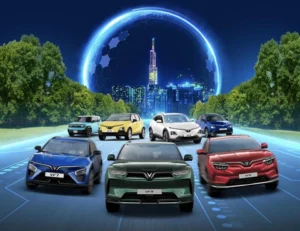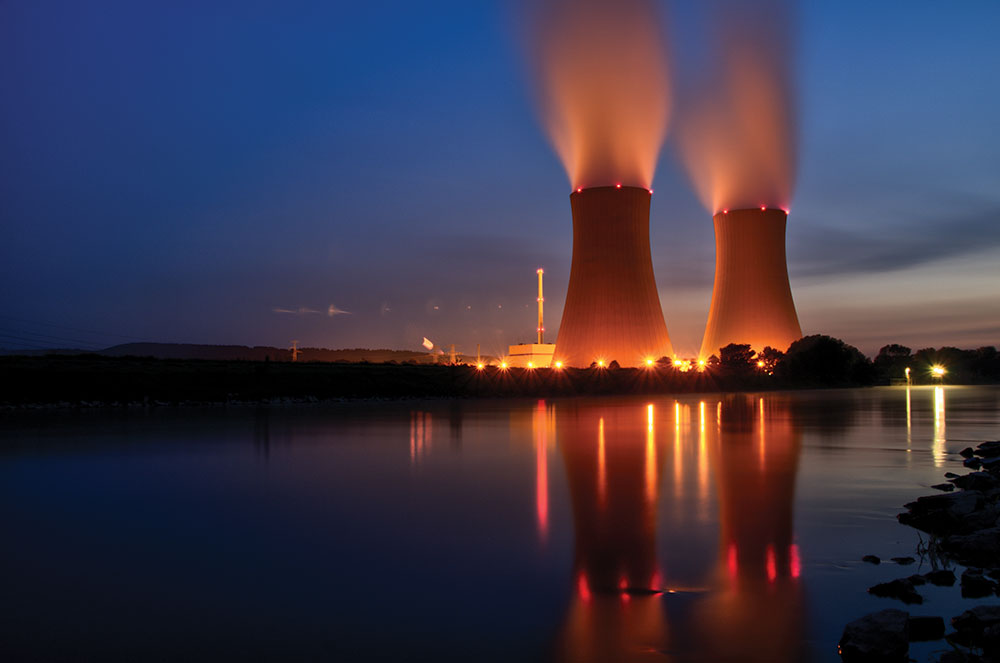According to calculations, the world’s nuclear power generation capacity reached a record high this year with about 416 million kW, accounting for about 10% of the world’s total electricity output.
According to the report of the Ministry of Industry and Trade, by the end of November, the total installed capacity of power sources that have been recognized for commercial operation of the national power system , including rooftop solar power , has reached nearly 83,800 MW. Of which, coal-fired thermal power still accounts for the highest proportion at 32.8%, followed by hydropower at 27.7% and renewable energy at more than 27%.
Although the installed capacity of renewable energy has increased significantly, the actual generation capacity of this type of clean energy only accounts for 12.5%, much lower than that of coal-fired thermal power and hydropower.
In the context of Vietnam aiming for zero net emissions by 2050, many solutions have been proposed such as: not building new coal-fired thermal power plants after 2030 and gas-fired power plants after 2035 to ensure carbon emission reduction .
And to meet this demand as well as ensure energy for socio-economic development in the following years, Vietnam needs a stable source of electricity. Because according to calculations, if the gross domestic product (GDP) increases by 10%, electricity output must increase by 15% and if data centers are formed to serve digital transformation , electricity output may have to increase by 20%. Therefore, the implementation of nuclear power projects is considered a solution to provide a large enough, stable capacity source of electricity, a green and sustainable source of energy.
Nuclear power was approved by the National Assembly in 2009 but then halted in 2016 due to many challenges and obstacles. However, at this point, when developing this type of clean energy, Vietnam will have certain advantages in terms of both human resources and choosing the right technology.
“We have done a lot of work. Now if we have the opportunity to return to those things, I think the staff, engineers, and managers are ready for us to return,” said Mr. Tran Anh Thai – Former Director of the Ninh Thuan Nuclear Power Project Management Board.
Mr. Nguyen Quan – Former Minister of Science and Technology said: “Currently, people are only concerned about nuclear power’s safety, but with generation III+ and generation IV technology, I believe the safety level can be overcome. The second problem is radioactive waste treatment, and up to now, radioactive waste treatment technology can be assured.”
According to experts’ calculations, the research, development and construction investment time for a nuclear power plant to come into operation is about 10 years. And to promote the advantages of supporting the energy transition process and ensuring the base power source, nuclear power must account for a significant proportion of the system. In addition, the selection of appropriate technological solutions also needs to be considered.
Dr. Nguyen Thanh Son – Independent energy consultant said: “The world is now returning to nuclear power and returning to small units of 300 or 50MW. I think 50MW is not even 300MW. That is what we are creating momentum for.”
The history of the development of the world’s great powers shows that the development of nuclear power will create a breakthrough in science and technology. According to calculations, the world’s nuclear power generation capacity reached a record high this year with about 416 million kW, accounting for about 10% of the world’s total electricity output. And to date, there are about 440 nuclear power plants operating globally in more than 30 countries.
















